Liner shipping is part of the solution to Covid congestion in the supply chain.
COVID-19 has revealed the vulnerabilities in our global network of trade, from sea to land to the front door. The supply chain is under duress and congestion is widespread. That’s not due to inherent flaws in the system, but rather unprecedented demand for goods during an unparalleled pandemic.
The good news is that the supply chain has proven remarkably resilient, and this historic situation has been met by a momentous response. While it may be hard to square with images of waiting ships and crowded ports, the fact is that the international ocean and U.S. intermodal transportation system is moving more cargo now than at any time in history.
Working together to manage disruptions.
This record productivity is because supply chain partners – ships and stores, trains and trucks, public and private sectors – are working closely together to manage the enormous influx of imports. There are no quick fixes to the congestion; real change will come when the pandemic tapers off and demand normalizes. But there’s still work to do. The World Shipping Council (WSC) and its members continue to work with state and local governments, supply chain partners and shippers to seek real solutions that further strengthen the intermodal transportation system that has supported the world economy throughout the pandemic.
Ocean carriers are doing their part to keep goods moving.
During the pandemic, Ocean carriers have deployed every container ship available, using every slot in every ship, to meet this unprecedented need.
This includes around the clock management of the impacts of the pandemic – port waiting time, inland congestion, delivery delays – in order to accommodate changing customer requirements. Carriers have shifted to different ports and added new port calls to avoid congestion. And their efforts don’t stop when a ship pulls into port.
Carriers don’t want goods sitting in marine terminals any more than consumers do, so they’ve worked with all stakeholders to improve the situation:
Participating in the Biden administration’s Supply Chain Disruption Task Force and Port Authorities to get importers to pick up their cargo as soon as possible – resulting in a 55% reduction in long-dwelling containers.
Taking part in initiatives such as the Dairy Exports Working Group aimed at identifying and addressing supply chain issues hampering U.S. dairy product exports, and finding opportunities to streamline product movement from the interior of the United States to the West Coast.
Working with the Marine Exchange of Southern California, supporting the swift introduction of a new West Coast queuing system allowing vessels to slow down their transit and wait at sea, reducing emissions and increasing safety.
And to free up terminal space and increase chassis availability, “sweeper ships” have picked up over 50,000 empty containers and repositioned them to be filled with the clothes, dishwashers, car parts, and other goods U.S. businesses and consumers are purchasing.
We must work together to further improve the resilience of our supply chains.
Download the fact sheets:
This includes improved operations and coordination with service partners and customers.
WSC and member carriers continue dialogue and collaboration to better understand the operational challenges between carriers and shippers and identify new opportunities to build a more robust supply chain.
Increased digitalization and improved data sharing between supply chain partners, importers and exporters are key steps to improve the flow of goods.
The issues we all face are driven by the pandemic and macroeconomic factors of supply and demand. They cannot be solved quickly by legislation, but the market will adapt and work it through.
Lawmakers should focus their efforts on boosting infrastructure and frameworks for the future, to handle the ever-increasing demands put on global supply chains on land and at sea.
